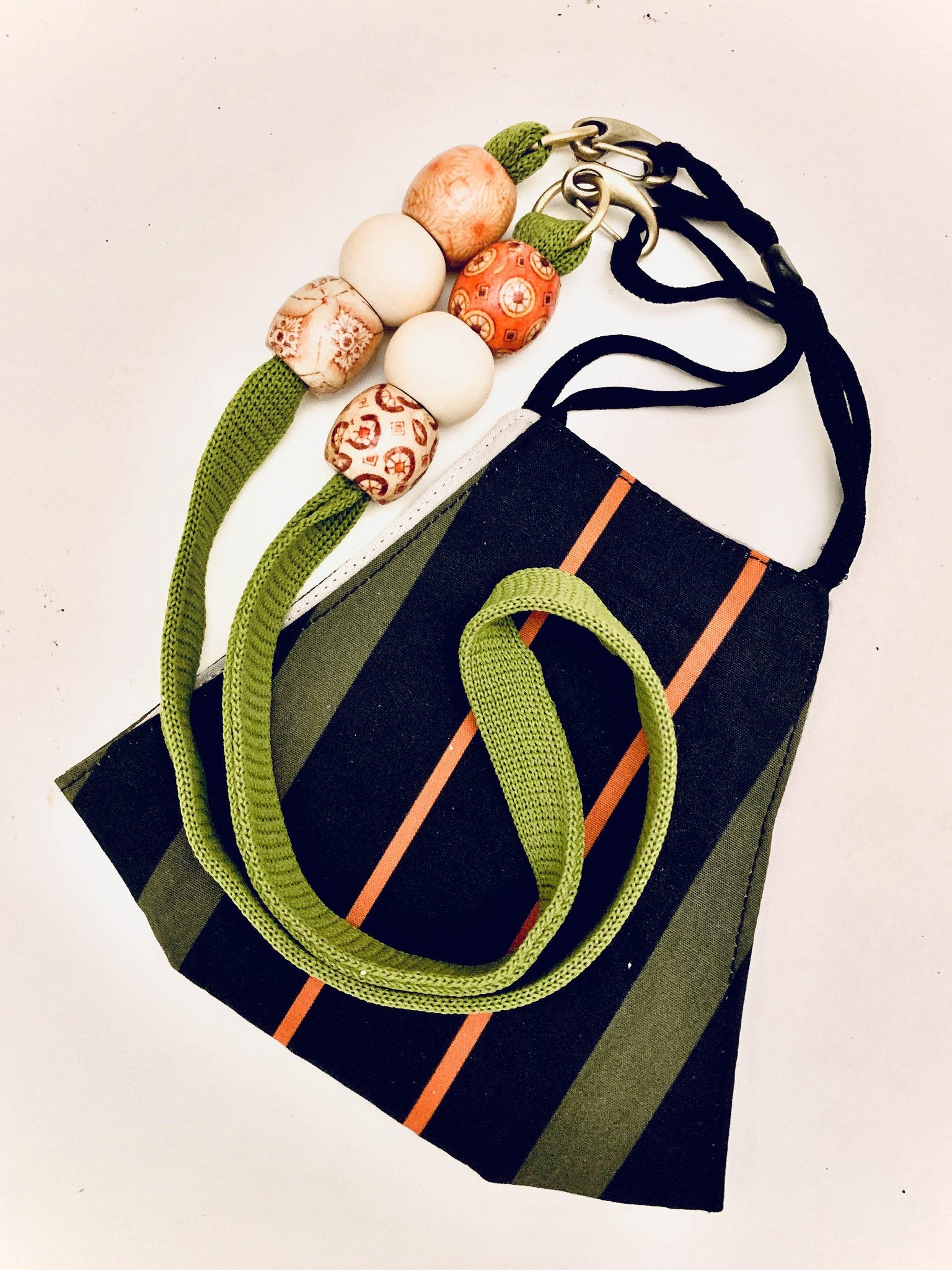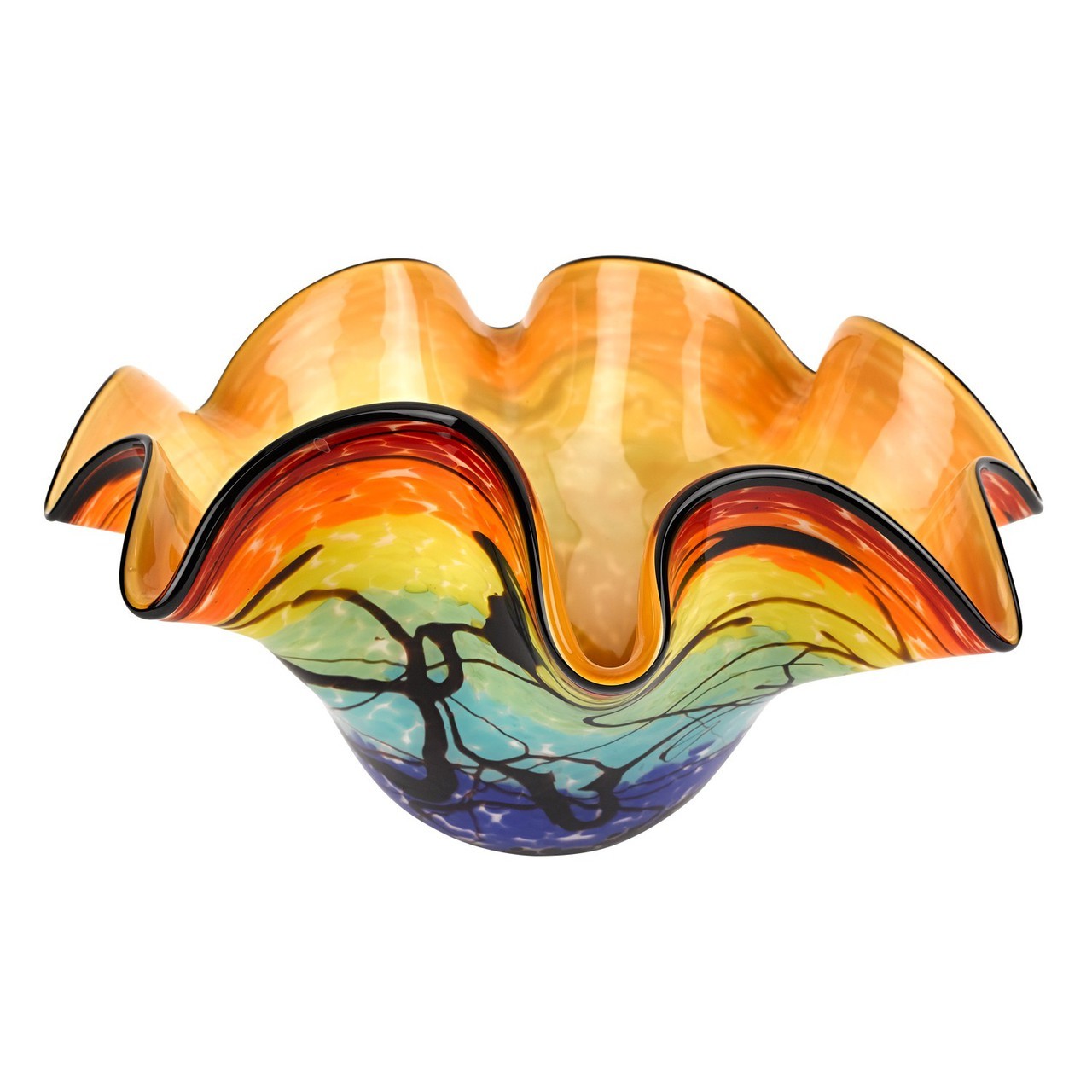European porcelain has been some of the finest in the world for more than three centuries.
The Earliest Days
The history of porcelain is one which parallels the history of civilization itself. As long ago as 200 B.C. craftsmen in China were creating porcelain with techniques nearly identical to those still in use today. This tradition continued through a series of dynasties, each leaving their own mark on the craft by introducing new colors or styles. Designs became the mark of royalty – so much so that possessing porcelain decorated with these protected designs outside of the royal palace was a crime punishable by death.
Throughout the centuries, a disciplined, strict demand for the highest quality moved the art of porcelain making forward. Mountains of shattered pottery are found adjacent to all ancient kilns. These piles of shards were not from pieces dropped or that came out of the kiln misshapen; these were pieces – numbering in the tens of thousands, even at the smaller operations – that failed to make the cut. Quality was never compromised in the production of porcelain in China. Once the Chinese established trade routes to the western world through the Silk Road, new markets emerged for these high quality wares. The Chinese standards of allowing only the finest products to be sold sparked ravenous demand throughout the developing world.
Enamored with “China”
By the 17th century, steady shipments of porcelain were arriving in Europe. The arrivals were met with a feverish demand, one likely not seen before in the economy of the developing world. Millions of pieces of porcelain started to enter the world market from China’s open trading port of Canton. Historically an isolationist nation, China's borders were closed to foreigners. But with the appropriate government licensing, select merchants were allowed to purchase goods at the port for exporting back to their home countries. The East India Company was the main exporter to Europe at this time. The European obsession over porcelain was such that the wares soon became known simply as “china,” as if that part of the world existed only to produce the tea sets, bowls and figurines that so captivated the western imagination. But within a hundred years this seemingly insatiable demand would drop dramatically. Another producer of porcelain would emerge. European craftsmen, with the help of a traveling priest, would learn the secrets of the porcelain craft. They would begin to recreate the impossibly delicate and translucent porcelain that somehow was stronger and less prone to staining than traditional pottery. From that point, the porcelain produced in Europe would rival those high standards of quality set in China so many centuries earlier, and demand for porcelain from Europe would continue into the present day.
Cracking the Porcelain Code
The local manufacture of porcelain in Europe begin with a series of trial and error attempts by craftsmen familiar with making traditional pottery. Many of these efforts resulted in a “soft paste” ceramic that failed to mimic the hardness and strength of Chinese porcelain. European potters experimented in the earliest days by mixing everything from feldspar and quartz into their clay, to introducing “frit,” which was glass ground to a fine powder. They studied the Chinese porcelain and worked to match the quality of the pieces, which were gaining in popularity among the upper classes. But their efforts were in vain because no one was able to produce the quality porcelain that was arriving in ships from Canton.
It wasn't until 1712 that the secrets were finally revealed. A traveling Jesuit priest named Francois Xavier d'Entrecolles was fascinated by the manufacture of porcelain in China, where he was stationed as a missionary priest. d'Entrecolles wrote to his superior in Paris, where the headquarters of the French Jesuit missions to China and India was located, about the techniques he witnessed at the Chinese porcelain factories. This series of letters were published and became hugely popular throughout Europe, where artisans were still working, diligently yet unsuccessfully, to reproduce the fine "china" tea sets, bowls, vases, figurines and other items that were in such high demand.
With the trade secretes now published, the game changed. The importance of the type of kaolin clay and its composite minerals, including kaolinite, feldspar, alabaster and others, was finally understood by European potters. The production of fine porcelain began in earnest in the west.
The Porcelain Legacy
The appetite for porcelain would only increase over the years. In fact, many of the very first manufacturers of porcelain in Europe remain in business to this today, producing tens of thousands of finely-crafted, handmade pieces still very much in demand. This is where Gifted Parrot places its large orders for porcelain. Our buyers abide by a strict code of quality, ensuring that only the most beautifully decorated, carefully fired and artfully painted pieces make it to our shelves. And because of the amount we sell, we are able to negotiate the lowest prices anywhere and pass on that incredible savings to you, our loyal customers. Please browse our entire porcelain collection today. We are certain you will find that perfect set, a family heirloom that will fit the decor of your home and add to its beauty for years and generations to come.


